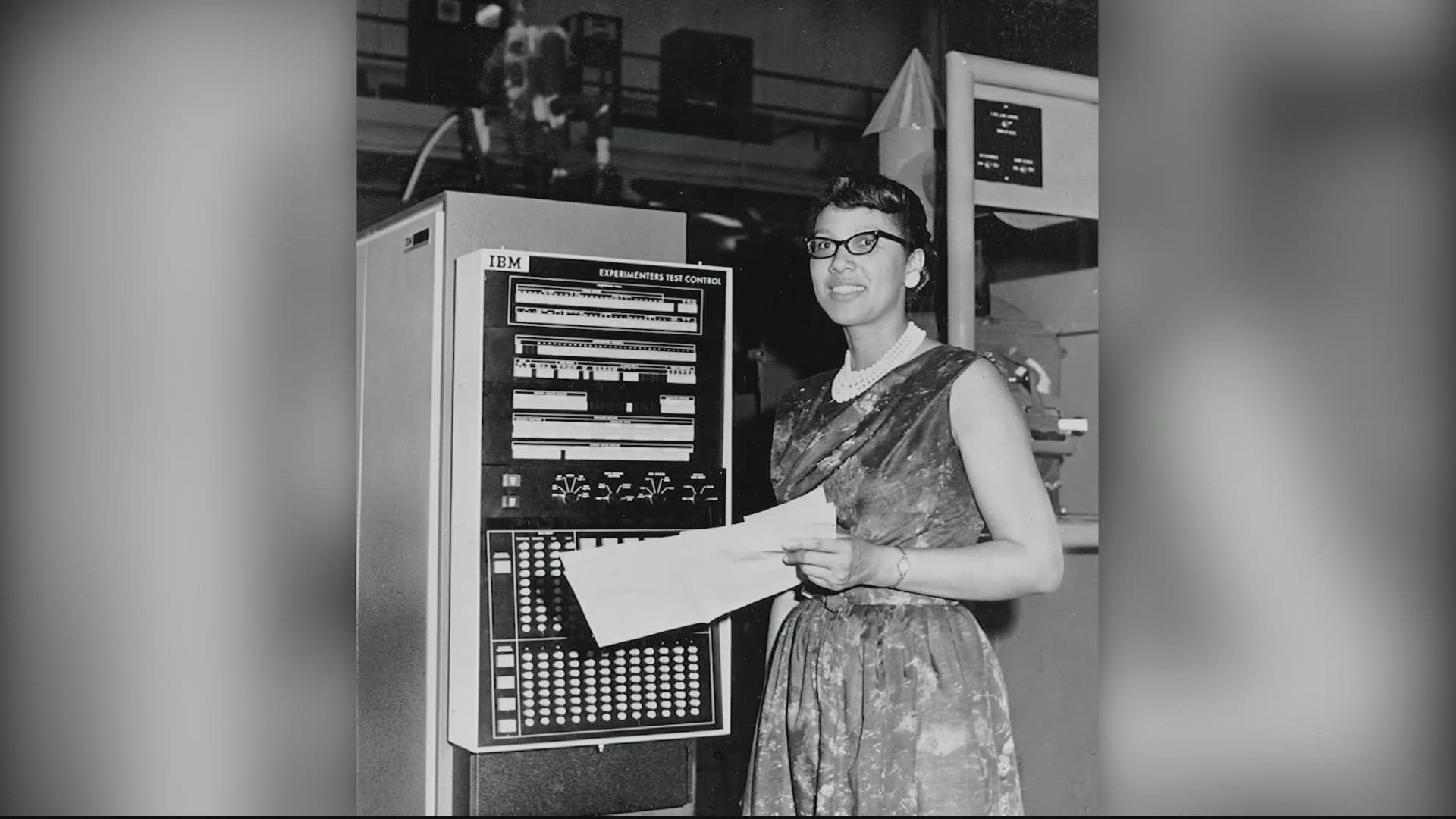FAIRFAX, Va. — Scientists recently named a mesa-like lunar mountain that towers above the landscape carved by craters near the Moon’s South Pole. This unique feature will now be referred to as “Mons Mouton,” after NASA mathematician and computer programmer Melba Roy Mouton. Mouton was born in Fairfax, Virginia, in 1929.
Members of NASA’s Volatiles Investigating Polar Exploration Rover (VIPER) mission proposed the name to the International Astronomical Union (IAU). The flat-topped mountain is adjacent to the western rim of the Nobile Crater, on which VIPER will land and explore during its approximately 100-day mission as part of NASA’s Artemis program.
"Melba Mouton was one of our pioneering leaders at NASA,” said Sandra Connelly, the acting associate administrator for science at NASA Headquarters in Washington in a press . “She not only helped NASA take the lead in exploring the unknown in air and space, but she also charted a path for other women and people of color to pursue careers and lead cutting-edge science at NASA.”
Before retiring in 1973, after a career at NASA that spanned 14 years, Mouton had become the assistant chief of research programs for the Trajectory and Geodynamics Division at Goddard. In appreciation of her dedicated service and outstanding accomplishments, which culminated in the successful Apollo 11 Moon landing on July 20, 1969, she was recognized with an Apollo Achievement Award.
As NASA prepares to send astronauts to the lunar surface, including the first woman to set foot on the Moon, Mons Mouton is among one of the 13 candidate landing regions for Artemis III.
“Mons Mouton represents a great spot for VIPER – our solar-powered Moon rover that we’ll drive and conduct science in near real-time,” said Dr. Sarah Noble, VIPER program scientist at NASA Headquarters in Washington. “It features high sunny spots, it’s relatively flat, satellite data shows signs of water ice, and it allows long stretches of direct communications with our ground station on Earth.”
VIPER will be the first resource mapping mission beyond Earth. It will search at and below the lunar surface to determine the location and concentration of any ice could eventually be harvested to sustain human exploration on the Moon, Mars, and beyond and will help advance scientific exploration of the Moon by helping to understand how water is created and deposited throughout the solar system. VIPER is planned for delivery to the Moon in late 2024 under NASA’s Commercial Lunar Payload Services (CLPS) initiative.

